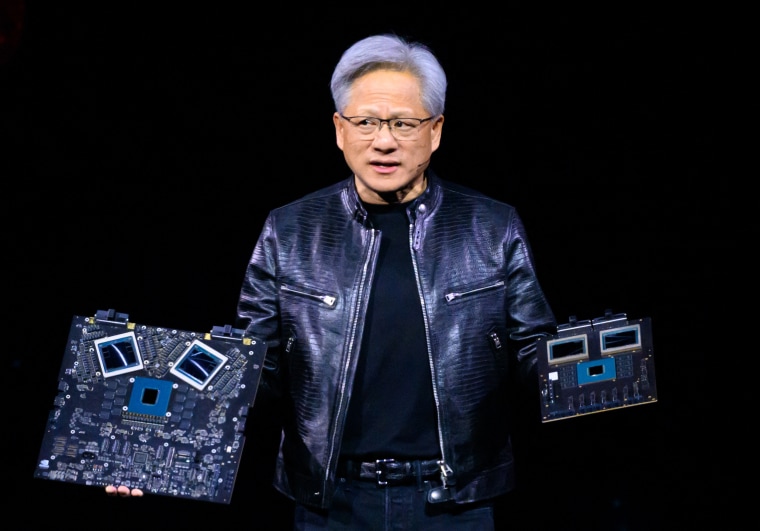In recent decades, Intel has been a titan in the semiconductor industry, dominating the U.S. chip market with innovative technology and cutting-edge products. However, as technology continues to evolve at an unprecedented rate, Intel is now facing significant challenges in maintaining its relevance and market leadership. Let’s delve into the factors contributing to Intel’s struggles and potential strategies for the company to regain its competitive edge.
One major factor that has contributed to Intel’s struggle is the rapid advancement of semiconductor technology. In recent years, Moore’s Law, which states that the number of transistors in a dense integrated circuit doubles approximately every two years, has become increasingly difficult to sustain. As a result, semiconductor manufacturers are facing challenges in improving chip performance while lowering costs and power consumption. Intel, once known for its ability to deliver consistent advancements in chip technology, has fallen behind competitors who have successfully adapted to these new technological demands.
Another critical issue facing Intel is its delayed transition to advanced chip manufacturing processes. The company faced setbacks in its transition to a 10nm process node, allowing competitors like TSMC and Samsung to gain a significant lead in the production of cutting-edge chips. As a result, Intel has been losing ground in key markets such as data centers and consumer electronics, where performance and efficiency are crucial.
Furthermore, Intel’s struggles can also be attributed to its internal organizational challenges and leadership transitions. The company has faced management changes and restructuring efforts that have hindered its ability to execute on strategic priorities effectively. Additionally, Intel’s focus on legacy markets such as PCs has limited its ability to capitalize on emerging opportunities in areas like artificial intelligence, autonomous vehicles, and the Internet of Things.
To address these challenges and regain its competitive edge, Intel must prioritize innovation and focus on developing breakthrough technologies that can differentiate its products in the market. The company needs to accelerate its transition to advanced chip manufacturing processes, such as 7nm and beyond, to deliver higher-performance and more energy-efficient products. Intel should also invest in research and development to drive progress in areas like artificial intelligence, 5G, and quantum computing, where future growth opportunities lie.
Moreover, Intel must improve its agility and responsiveness to market dynamics by streamlining its organizational structure and fostering a culture of innovation and collaboration. The company should enhance its partnerships with customers, suppliers, and research institutions to leverage collective expertise and drive technological advancements.
In conclusion, Intel’s struggles to stay relevant in the semiconductor industry are multifaceted, stemming from technological challenges, internal organizational issues, and market dynamics. By addressing these challenges head-on and refocusing its efforts on innovation, advanced manufacturing, and strategic partnerships, Intel can position itself for long-term success and regain its position as a leader in the chip industry.
